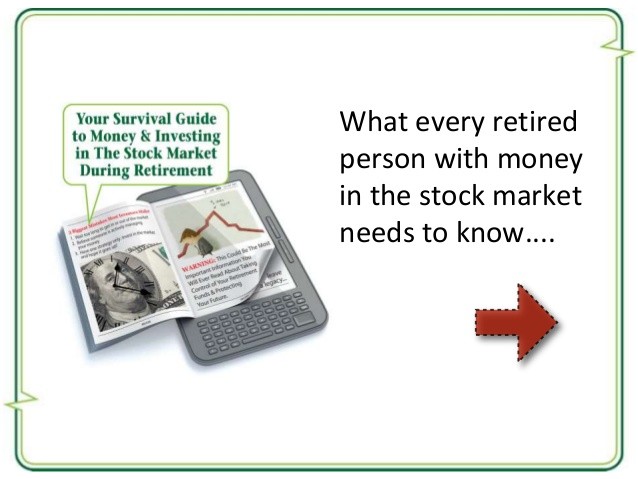Survival Guide for Stock Market Corrections
Post on: 25 Июль, 2015 No Comment

Posted on Feb 7, 2014 in Stock Success
The stock market’s long-term upward march is indisputable. Even a cursory study of history reveals its resilient nature, its perfect track record of recovering from each and every downturn. And yet, in the moment these periodic market corrections can wreak havoc on your emotions while dealing heavy damage to your beloved portfolio. In heeding the Boy Scouts motto to “be prepared” I’ve carefully crafted a succinct survival guide for active stock traders during market corrections.
Vocabulary Tip: Once a stock declines 10% the sell-off officially becomes a “correction”. If the decline reaches the 20% threshold the correction officially becomes a “bear market”.
1. Park yourself in cash
Market train wrecks are always better witnessed as a spectator than suffered through as a participant. Once better market conditions arise, you’ll have your capital ready to redeploy and won’t be emotionally compromised the way many of your fellow traders who lost money during the correction will be.
During declines quality bullish setups dry up and many breakouts fail. If you burn yourself too many times by being active when you should be sitting on your hands, you might become afraid of pulling the trigger when the new uptrend arrives. In the wise words of Mark Twain,
“A cat who sits on a hot stove will never sit on a hot stove again. But he won’t sit on a cold stove, either”
2. Reduce your position sizing
The elevated volatility associated with market corrections increases the difficulty for swing traders. Rather than upping the ante, this is a time to reduce bet sizes. If you normally risk $300 per trade, start risking $150 per trade.
3. Be more proactive in seeking bearish opportunities
If you’re comfortable with the idea of shorting stocks, consider more actively searching for low risk bearish setups to exploit. During market corrections stocks aplenty enter downtrends and bearish chart patterns multiply.

4. Be extremely selective
Bull markets have a tendency of lulling traders into complacency. Buying mediocre setups with sloppy entries is rarely punished as the rising tide lifts all boats. In a market correction, however, such sins are punished with fury. In these times of turmoil be sure to trade only the best of setups with timely entries.
5. Stick to your loss limits
Minimizing losses is the hallmark of a successful trader. Setting up loss limits for the most amount of money you’re willing to lose in a week or month can prevent a single market correction from dealing irreparable damage to your portfolio. If you hit your loss limit in a given week or month, have the discipline to step out of the market and sit on the sidelines for a bit. Use the time away for journaling your trades, re-assessing market conditions, and otherwise allowing the correction to come closer to its inevitable end.
Tyler Craig, CMT
Rich Dad Education Elite Training Instructor














